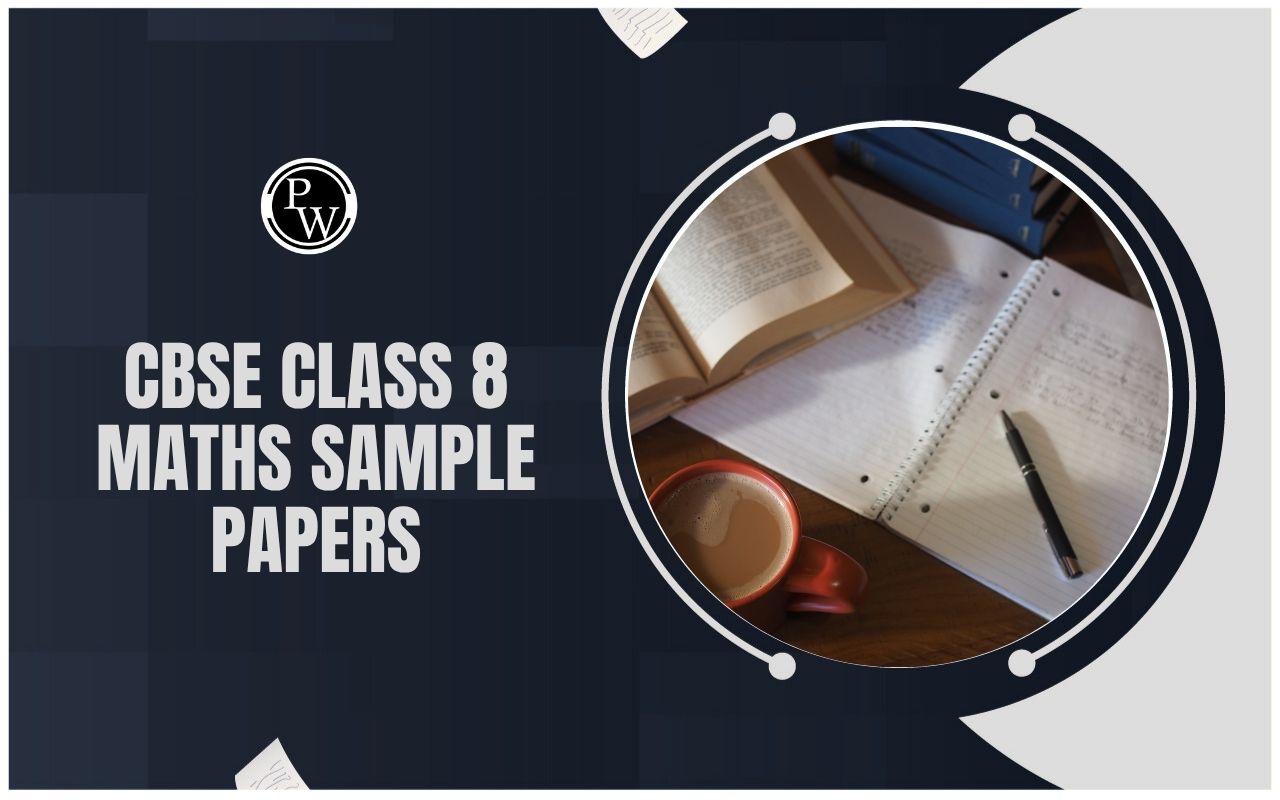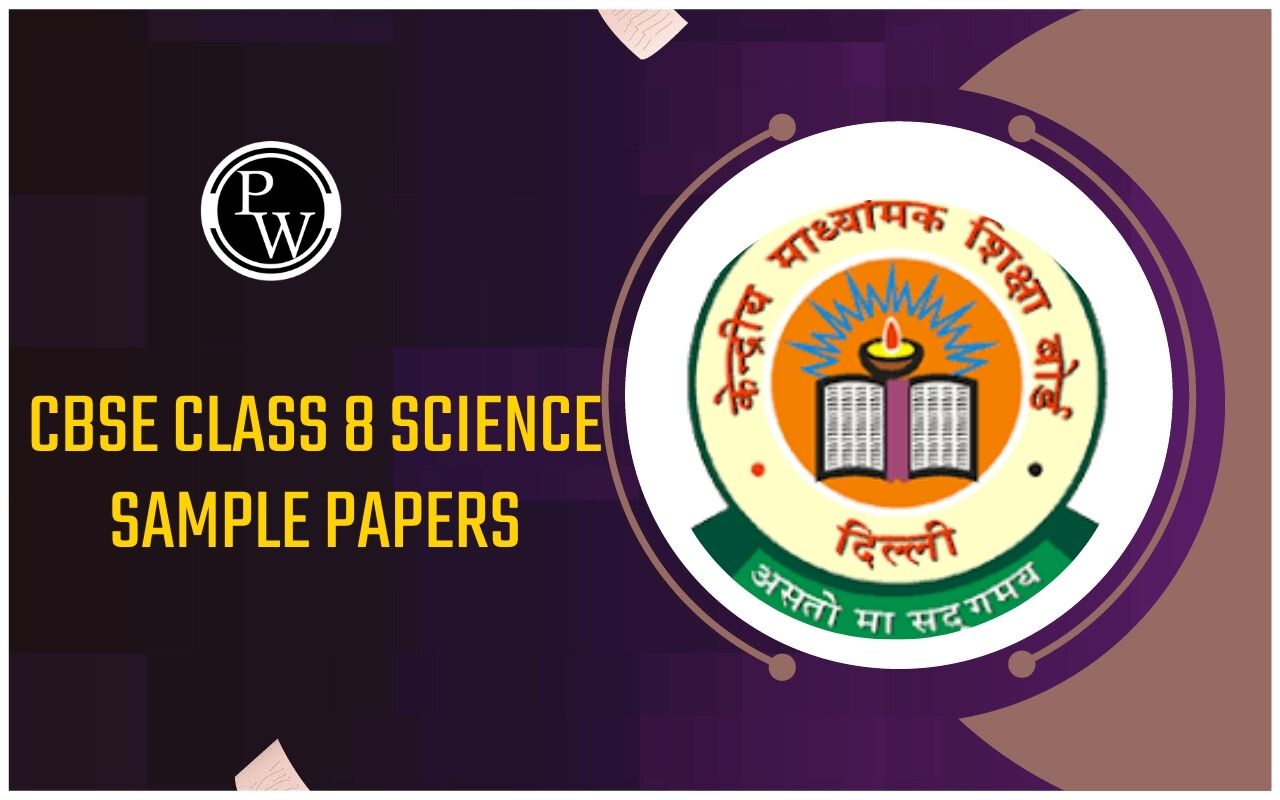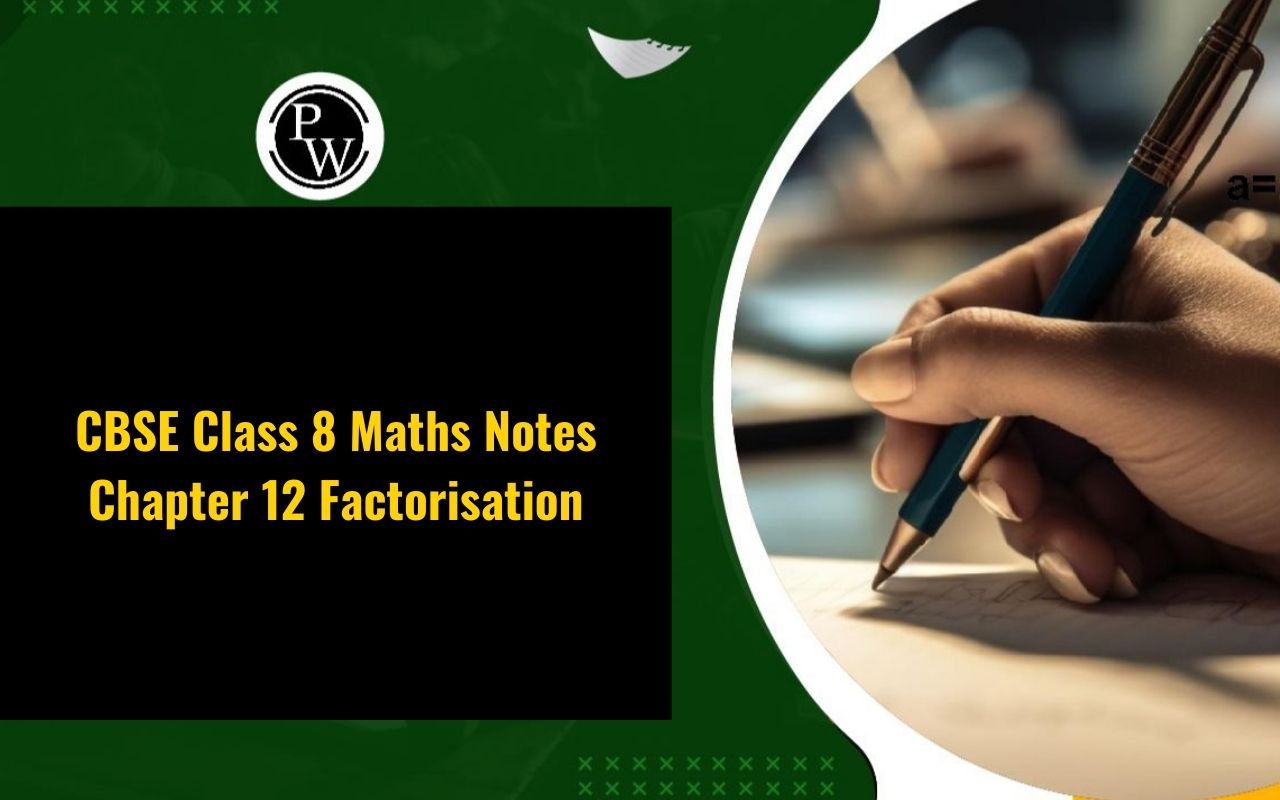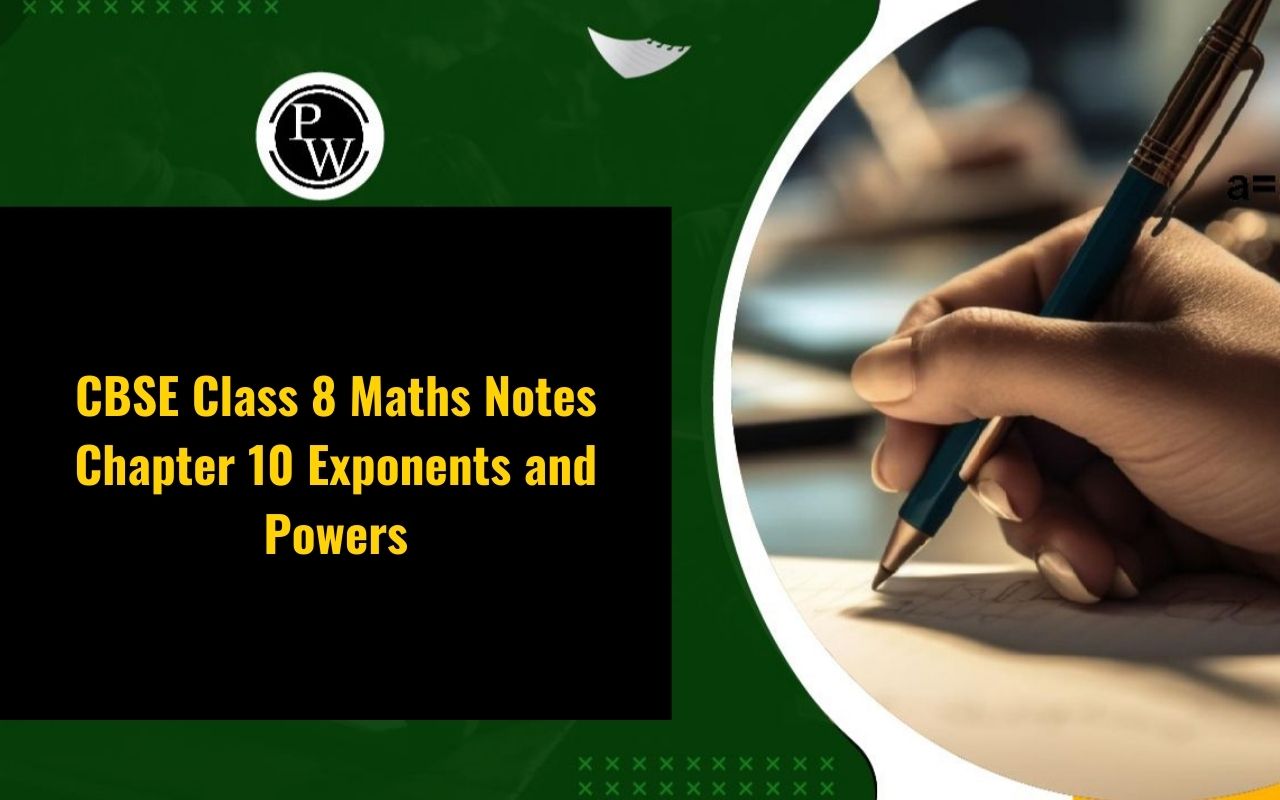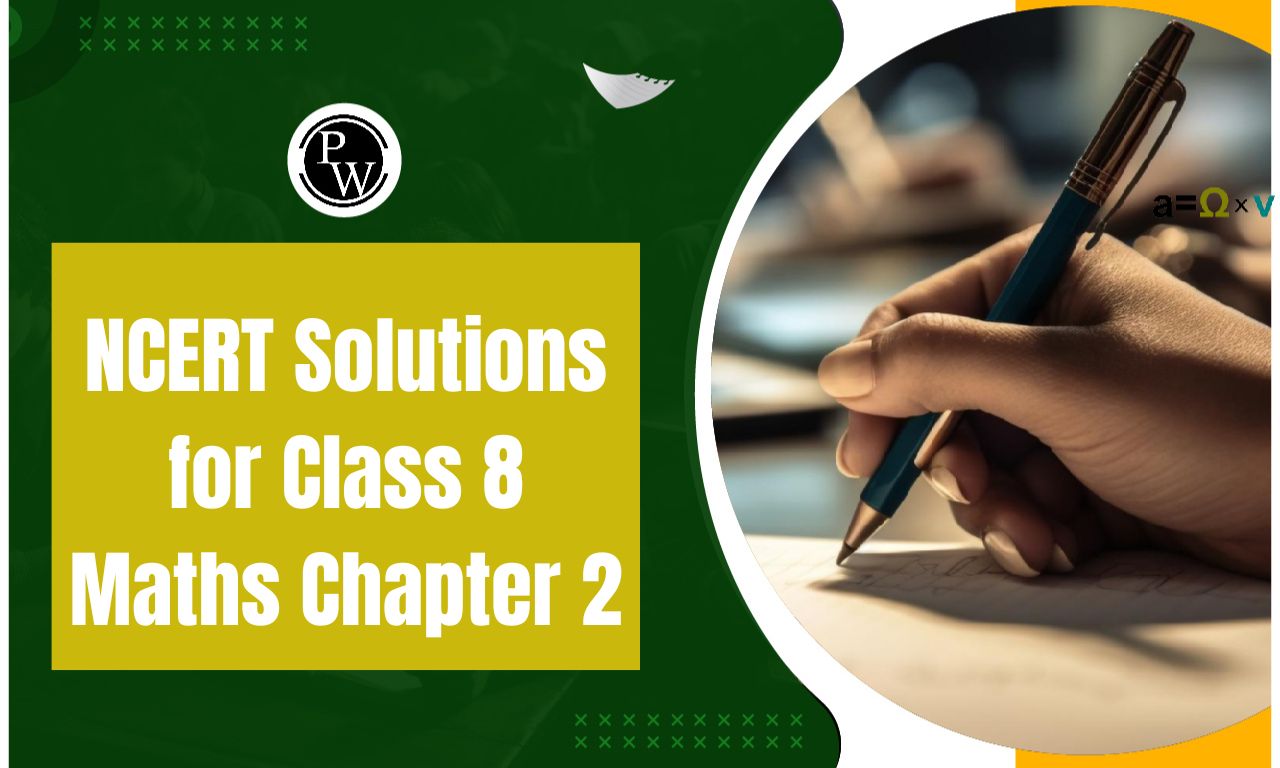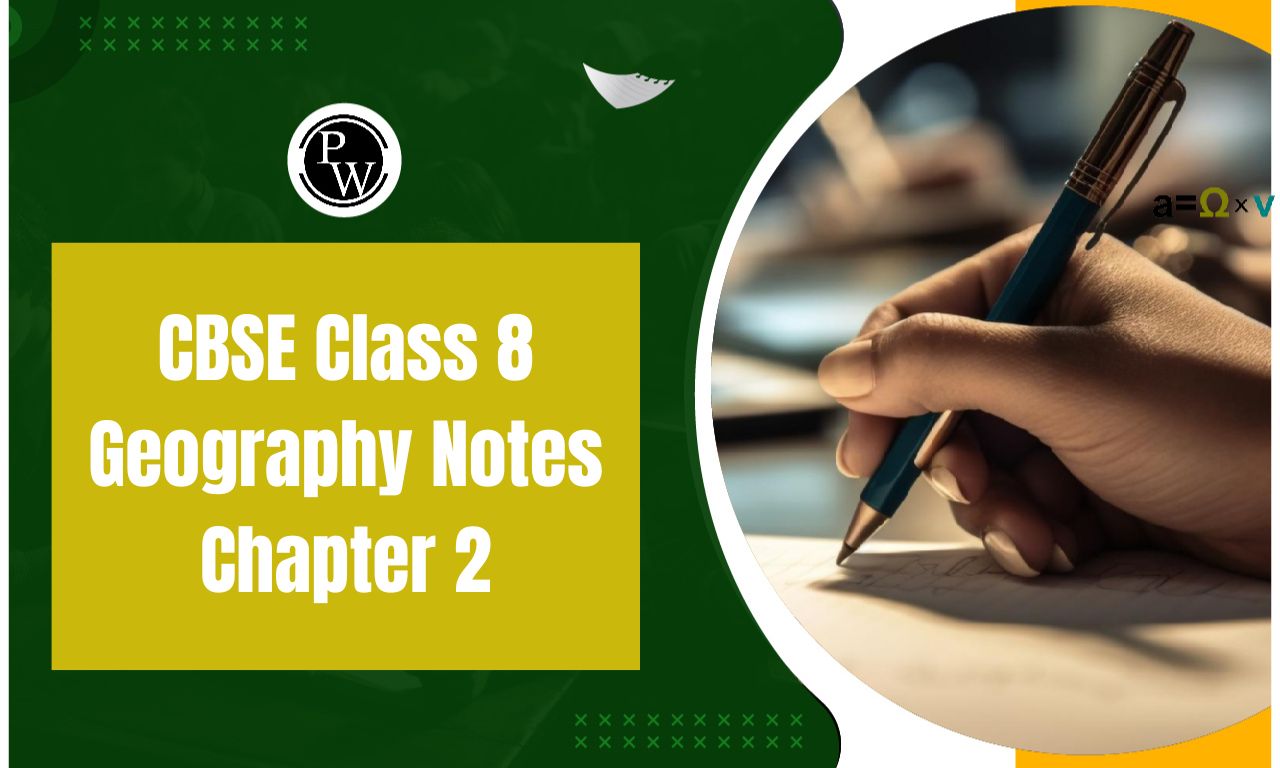
Important Questions for Class 8 Maths Chapter 10: Chapter 10, Visualising Solid Shapes, in Class 8 Maths focuses on understanding three-dimensional objects and their representation in two dimensions. Students learn to differentiate between 2D and 3D shapes, understand edges, vertices, and faces, and study Euler's formula. Topics include views of 3D objects, cross-sections, and mapping space using nets and diagrams.
Key questions include identifying 3D shapes from 2D representations, counting faces, edges, and vertices, verifying Euler’s formula, and constructing nets for solids like cubes and pyramids. These exercises help build spatial reasoning and visualization skills essential for advanced geometry. Mastery of this chapter is crucial for exams.Important Questions for Class 8 Maths Chapter 10 Visualising Solid Shapes
Chapter 10, Visualising Solid Shapes, in Class 8 Maths is vital for developing spatial reasoning and understanding geometry. This chapter introduces 2D and 3D shapes, their properties (edges, vertices, faces), and Euler’s formula. Students learn to visualize and represent 3D objects through nets, cross-sections, and different views. Key questions focus on identifying shapes from 2D representations, verifying Euler’s formula, and constructing nets for solids like cubes and pyramids. These exercises are important for strengthening problem-solving skills, enhancing creativity, and building a foundation for advanced concepts in higher classes. Mastery of this topic is essential for academic and practical applications.Important Questions for Class 8 Maths Chapter 10 PDF
Chapter 10, Visualising Solid Shapes, helps students understand 3D objects and their 2D representations, focusing on edges, vertices, faces, and Euler’s formula. Below, we have provided a comprehensive PDF containing important questions from this chapter. These questions will aid in mastering the concepts and preparing effectively for exams.Important Questions for Class 8 Maths Chapter 10 PDF
Important Questions for Class 8 Maths Chapter 10 With Solutions
Below is the Important Questions for Class 8 Maths Chapter 10 Visualising Solid Shapes -1. How many faces, edges and vertices do a triangular prism and a triangular pyramid has?
Solution:
The number of faces, edges and vertices of a triangular prism is:| Shape | Faces | Edges | Vertices |
| Triangular Prism | 5 | 9 | 6 |
| Triangular Pyramid | 4 | 6 | 4 |
Solution:
Euler’s formula for polyhedron states that for nay solid shape, number of vertices (V) minus the number of edges (E) plus the number of faces (F) always equals to 2. So, V – E + F = 23. A tetrahedron has 4 vertices and 6 edges. Find the number of faces it has.
Solution:
Using Euler’s formula for polyhedra, V – E + F = 2 So, 4 – 6 + F = 2 F = 2 + 2 F = 4.4. What is the minimum number of planes that are required to form a solid?
Solution:
At least 4 planes are required to form a solid. The solid formed with only 4 planes is called a tetrahedron or a triangular pyramid.5. Find the missing numbers:
| Faces | Vertices | Edges |
| 6 | 8 | ? |
| ? | 10 | 15 |
| 4 | ? | 6 |
| 5 | 6 | ? |
| 8 | 12 | ? |
| 7 | 7 | ? |
Solution:
Using the Euler’s formula for finding the missing numbers: V – E + F = 2| Faces | Vertices | Edges |
| 6 | 8 | 12 |
| 7 | 10 | 15 |
| 4 | 4 | 6 |
| 5 | 6 | 9 |
| 8 | 12 | 18 |
| 7 | 7 | 12 |
Q.6: A polyhedron has 7 faces and 10 vertices. How many edges does the polyhedron have?
Solution: For any polyhedron, F + V – E = 2 Given here, F = 7, V = 10, E = ? Substituting the values, we get; 7 + 10 – E = 2 17 – E = 2 E = 17 – 2 E = 15Q.7: The distance between City A and City B on a map is given as 6 cm. If the scale represents 1 cm = 200 km, then find the actual distance between the two cities.
Solution: Actual distance represented by 1 cm = 200 km Actual distance represented between city A and B, by 6 cm = 6 x 200 km = 1200 km So the actual distance between city A and city B is 1200 km.Benefits of Using Important Questions for Class 8 Maths Chapter 10
Improved Conceptual Clarity:
Important questions are designed to highlight critical aspects of the chapter, such as the properties of 3D shapes (edges, vertices, and faces), Euler’s formula, and visualizing objects in two dimensions. Solving these questions helps students grasp concepts effectively and address any confusion.Strengthened Problem-Solving Skills:
Regular practice with these questions enhances analytical and logical thinking. Students learn to approach problems systematically, which is crucial for solving geometry-related questions efficiently.Focused Exam Preparation:
The questions are curated based on past exam patterns and likely trends. This targeted preparation helps students prioritize their study efforts on high-yield topics, increasing the chances of scoring better marks.Time Management During Exams:
Practicing these questions regularly improves speed and accuracy, helping students manage their time effectively during exams while avoiding common mistakes.Better Visualization Skills:
Visualizing 3D shapes and their 2D projections is a key skill in geometry. These questions train students to interpret and construct visual representations, a skill that benefits higher-level studies.Comprehensive Revision:
These questions act as a summary of the chapter, covering all major topics. They enable quick and effective revision, especially during the exam preparation phase.Important Questions for Class 8 Maths Chapter 10 FAQs
What is the objective of Visualising solid shapes?
What do you learn in Visualising solid shapes?
What is the conclusion of Visualising solid shapes?
What are the properties of Visualising solid shapes?

